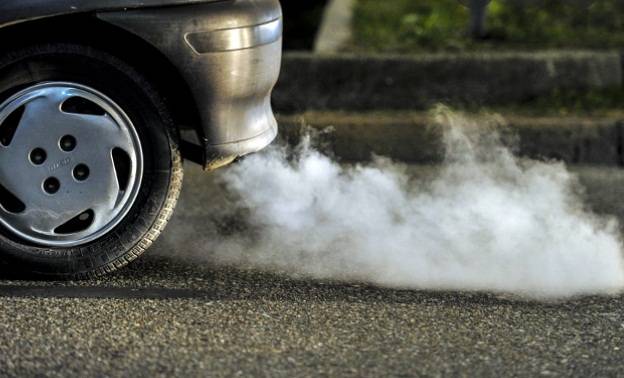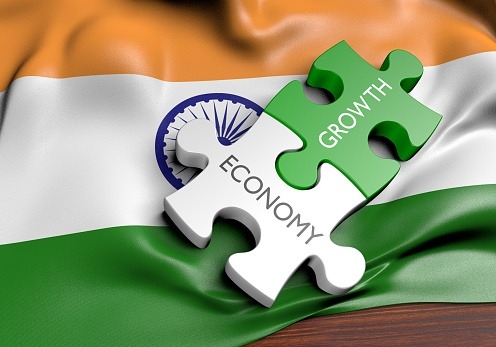The cost-calculations showed that the AFOLU and Industry are the two sectors that have the highest relative potentials and costs…reports Asian Lite News
The report of the Working Group III of the Sixth Assessment Cycle (AR6 WGIII), titled ‘Mitigation of Climate Change’, on Monday suggested scores of sector-wise options that it claimed are now available to offer substantial potential to reduce net emissions by 2030.
The options were all given with net lifetime cost (of avoided greenhouse gas emissions) starting with costs lower than reference technology, $0-20 per tonnes CO2 equivalent, $20-50, $50-100 and $100-200 CO2 per tonnes equivalent.
Energy Sector: Wind, solar, bioelectricity, hydropower, geothermal, nuclear, Carbon Capture and Storage (CCS), Bioelectricity with CCS, reducing methane emissions from coal mining, and reducing methane emission from oil and gas sector.
Agriculture, Forestry and Other Land Use
Carbon sequestration in agriculture, reduce methane and N2O emission in agriculture, reduced conversion of forests and other ecosystems, ecosystem restoration, afforestation, reforestation, improved sustainable forest management, reduce food loss and food waste, shift to balanced, sustainable healthy diet.
Buildings
Avoid demand for energy services, efficient lighting, appliances and equipment, new buildings with high energy performance, onsite renewable production and use, improvement of existing building stock, and enhanced use of wood products.
Transport
Fuel-efficient light-duty vehicles, electric light duty vehicles, shift to public transportation, shift to bikes and e-bikes, fuel efficient heavy duty vehicles, electric heavy-duty vehicles, including buses, efficiency and optimisation in shipping, energy efficiency in aviation, and biofuels.
Industry
Energy efficiency, material efficiency, enhanced recycling, fuel switching (electric, natural gas, bio-energy, hydrogen), feedstock de-carbonisation, carbon capture with utilisation (CCU) and CCS, cementitious material substitution, and reduction of non-CO2 emissions.
The cost-calculations showed that the AFOLU and Industry are the two sectors that have the highest relative potentials and costs.
The whole exercise is to keep emissions in check to restrict global temperature rise to 1.5 degrees Celsius compared to pre-industrial era. The AR6 WGIII has warned of immediate actions offering solutions in the small window that is possible currently to avoid climate catastrophe.









